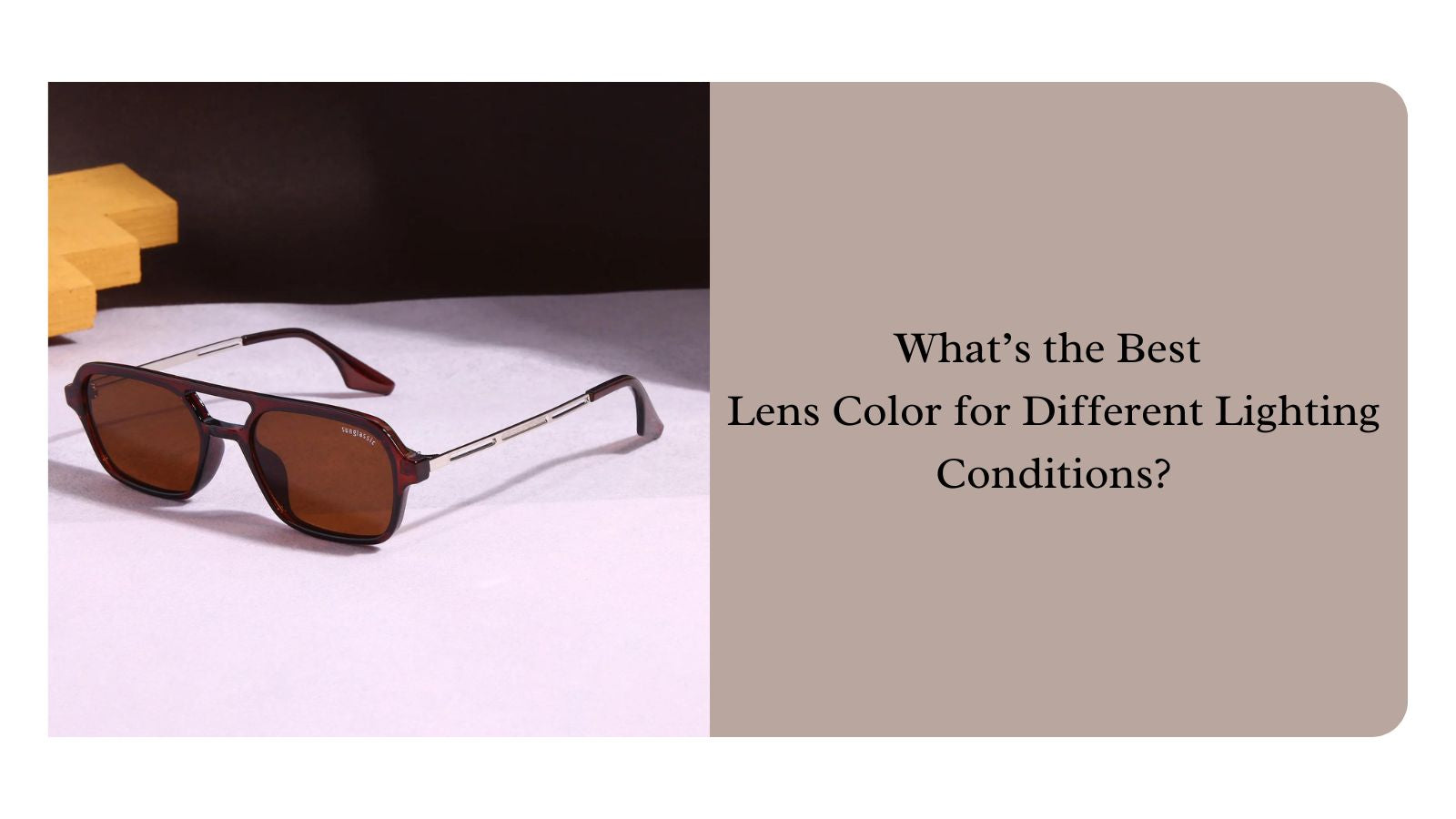
What’s the Best Lens Color for Different Lighting Conditions?
When it comes to choosing the right pair of sunglasses, the lens color isn’t just about style. The color of the lenses plays a crucial role in improving visual comfort, reducing glare, and enhancing contrast in different lighting conditions. Whether you're hiking under a bright sun, skiing in snowy terrain, or driving at dusk, the right lens color can make all the difference. In this guide, we’ll explore the best lens colors for various lighting conditions and activities to help you make an informed decision when selecting your next pair of sunglasses from Sunglassic.com.
Why Lens Color Matters
Lens color is much more than an aesthetic choice. It directly affects how much light reaches your eyes and how you perceive your surroundings. Different lens tints can filter certain wavelengths of light, enhancing contrast, sharpening vision, and providing better visual acuity. This means that depending on the activity and the lighting conditions, certain lens colors will work better than others.
In the same way you wouldn’t wear the same shoes for every occasion, you shouldn’t stick to just one lens color for every lighting condition.
Common Lens Colors and Their Benefits
1. Gray/Neutral Lenses
Gray lenses are one of the most popular and versatile choices for sunglasses. They offer true color perception by evenly reducing the amount of light that reaches your eyes without distorting colors. These lenses are great for:
- Bright sunny days: Ideal for reducing overall brightness.
- Driving: Helps prevent color distortion, which is crucial for distinguishing traffic lights and road signs.
- Outdoor sports: Provides consistent protection across different lighting conditions.
Gray lenses offer balanced light filtration and are perfect if you spend a lot of time in bright conditions, but still want to see the world in its natural colors.
2. Brown/Amber Lenses
Brown and amber lenses are also popular because they enhance contrast and depth perception. They block blue light, which can cause haziness, making them ideal for variable lighting conditions.
- Partly cloudy days: Enhances contrast to improve visibility.
- Outdoor activities: Ideal for sports like golfing, hiking, or cycling, where depth perception is essential.
- Driving: Helps reduce glare and sharpens visual contrast.
These lenses work well in both bright and variable lighting, making them versatile enough for most outdoor activities.
3. Yellow/Gold Lenses
Yellow and gold lenses are known for their ability to enhance contrast and depth perception in low-light conditions. These lenses work by blocking out blue light, which improves visibility and sharpens your vision in dim settings.
- Overcast or foggy conditions: Enhances clarity and contrast when the lighting is flat.
- Low-light conditions: Ideal for early morning or late afternoon.
- Indoor sports: Helps with indoor activities like shooting or court sports.
Although they are not suited for bright, sunny days due to limited light reduction, they excel in environments where visibility is low.
4. Green Lenses
Green lenses provide a balance between reducing glare, enhancing contrast, and maintaining color accuracy. They reduce eyestrain in bright and low light conditions while offering excellent clarity.
- Mixed light conditions: Useful when moving between shaded and sunny areas.
- Golfing and outdoor sports: Helps to maintain natural color balance while enhancing contrast.
Green lenses are a great all-round option for those who find themselves in various lighting conditions throughout the day.
5. Blue/Purple Lenses
Blue and purple lenses are more about aesthetics but can also improve visibility in certain conditions. These lenses are designed to reduce glare from reflective surfaces like water or snow, making them perfect for:
- Snowy environments: Helps reduce glare when skiing or snowboarding.
- Bright, sunny conditions: Enhances color perception and depth.
While blue lenses aren’t as versatile as other tints, they offer an appealing visual aesthetic and work well in specific situations where glare reduction is key.
6. Red/Orange Lenses
Red and orange lenses are excellent for enhancing contrast and depth perception, especially in moderate to low light. They filter out blue light, which helps to reduce haze and improve visual sharpness.
- Cloudy days: Helps enhance contrast and reduce eye strain.
- Snowy conditions: Provides enhanced depth perception on overcast, snowy days.
- Water sports: Ideal for fishing or boating, where contrast on reflective surfaces is important.
These lenses excel in conditions where you need to see clearly despite muted lighting, making them great for outdoor activities in cloudy weather.
7. Mirrored Lenses
Mirrored lenses are not defined by color but by the reflective coating on the lens surface. They are particularly effective at reflecting light, making them ideal for extremely bright conditions.
- Extreme sunlight: Perfect for beach trips, desert environments, or high-altitude activities.
- Sports and outdoor activities: Reduces glare and eye strain during extended exposure to intense sunlight.
Mirrored lenses are often combined with other lens tints (gray, brown, etc.), offering the benefits of the base color while enhancing light reflection.
Best Lens Colors for Specific Lighting Conditions
1. Bright Sunlight
- Best lens color: Gray, brown, green, mirrored.
- Why: These lens colors provide the most light reduction and protection, helping reduce glare and preventing eye fatigue in intense sunlight. Gray and brown lenses offer the most neutral color representation, while green lenses help maintain contrast in such conditions.
2. Low Light or Overcast Conditions
- Best lens color: Yellow, amber, red, orange.
- Why: These lens colors improve contrast and depth perception in dim or flat light conditions. Yellow and amber lenses, in particular, filter out blue light, enhancing clarity in overcast or foggy weather. Red and orange tints can also be useful in similar environments for reducing glare and enhancing visual sharpness.
3. Variable Lighting (Moving Between Sun and Shade)
- Best lens color: Green, amber, brown.
- Why: These lenses offer a balance of light reduction while maintaining contrast and color accuracy, making them ideal for environments with fluctuating light levels. Green lenses provide a natural color balance, while brown or amber tints enhance contrast for sharper vision.
4. Snowy Conditions
- Best lens color: Blue, purple, mirrored, brown.
- Why: Snow reflects sunlight, causing intense glare. Blue and purple lenses help reduce glare off the snow while enhancing color perception. Mirrored lenses are also excellent for reflecting light in snowy conditions, and brown lenses help improve depth perception, which is crucial for navigating snowy terrain.
5. Water Activities
- Best lens color: Polarized gray, brown, green, blue.
- Why: Water surfaces can reflect light intensely, causing glare. Polarized gray, brown, and green lenses are excellent for cutting down glare and providing visual clarity. Blue lenses are also useful for enhancing color perception when spending time near or on water.
6. Driving
- Best lens color: Gray, brown, green.
- Why: These lenses help reduce glare without distorting colors, which is important for reading road signs and distinguishing traffic signals. Gray lenses are great for bright, sunny days, while brown and green lenses work well in variable light conditions, offering better contrast on the road.
Polarized Lenses: Enhancing Lens Color Performance
Polarized lenses are a great complement to the lens colors discussed above. These lenses feature a special filter that blocks intense reflected light, reducing glare and improving visual comfort. This is especially important in situations where glare is prevalent, such as driving, skiing, or water activities. Polarized lenses are available in most of the popular lens tints, including gray, brown, and green, enhancing their performance in bright light or reflective environments.
Choosing the Right Lens for Your Needs
Ultimately, choosing the right lens color depends on the specific lighting conditions and activities you’ll be engaged in. Here’s a quick guide to help:
- Bright, sunny days: Gray, brown, green, mirrored.
- Cloudy or low light: Yellow, amber, red, orange.
- Variable lighting conditions: Green, amber, brown.
- Snowy environments: Blue, purple, mirrored.
- Water activities: Polarized gray, brown, green.
- Driving: Gray, brown, green.
Conclusion
Selecting the right lens color is essential for both comfort and performance, whether you’re enjoying a bright sunny day at the beach or navigating through a foggy morning hike. At Sunglassic.com, we offer a wide range of sunglasses with various lens tints to match every lighting condition and activity. With the right pair, you can protect your eyes, enhance your vision, and elevate your style all at once. Explore our collection today to find the perfect lens color for your needs!
SHOP BY SHAPE
WORN BY OVER 200.000 PEOPLE WORLDWIDE



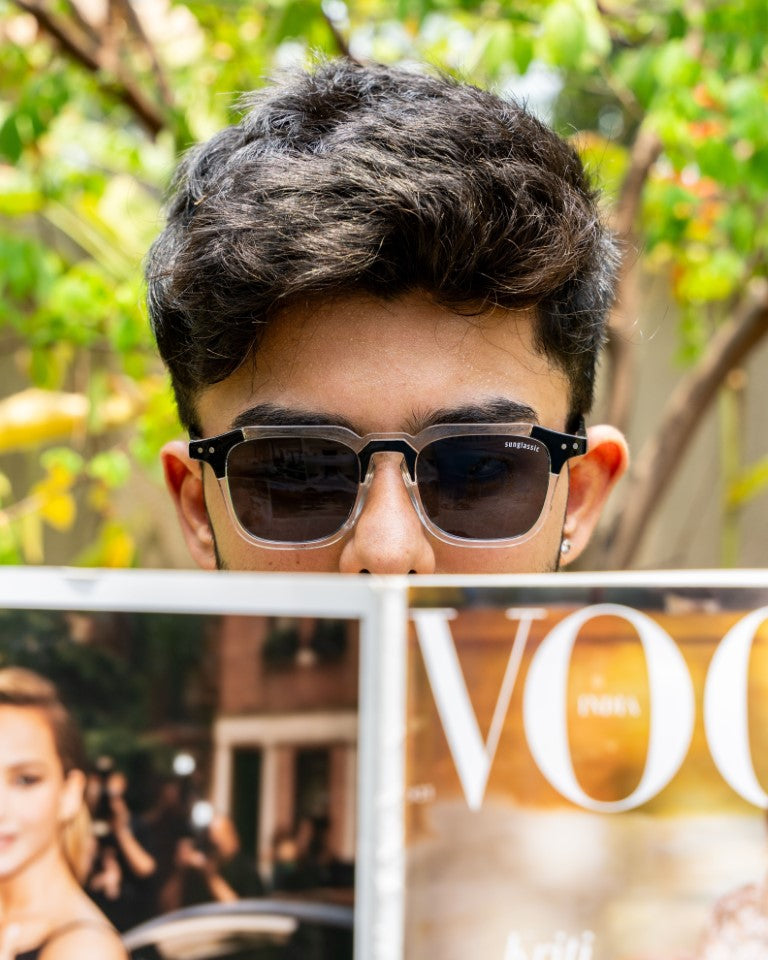
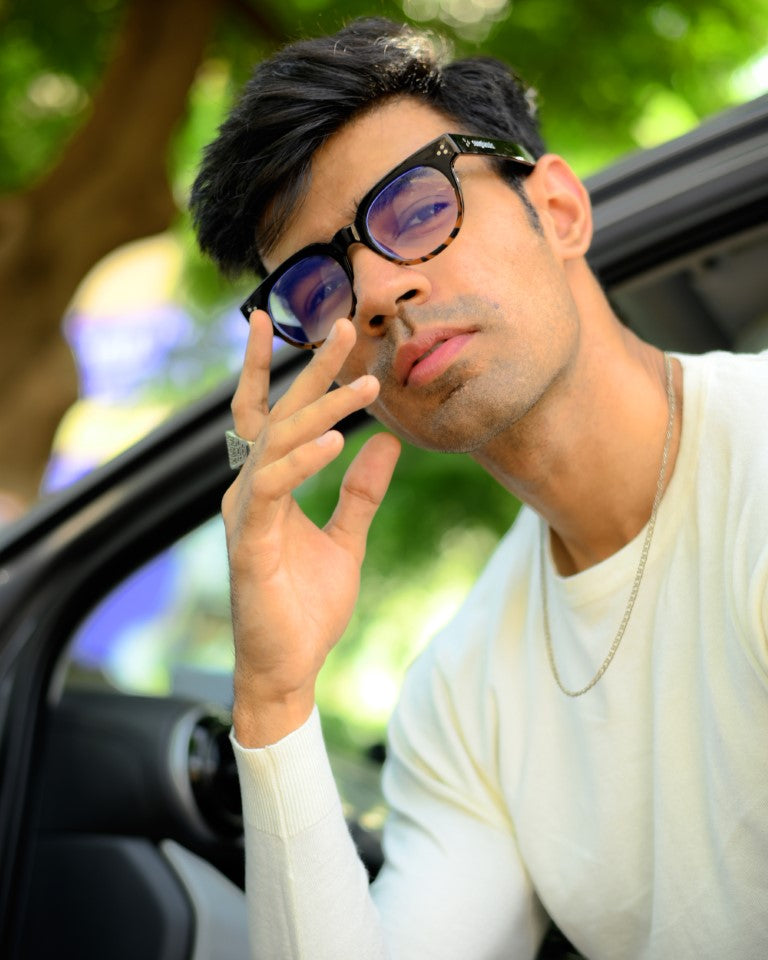
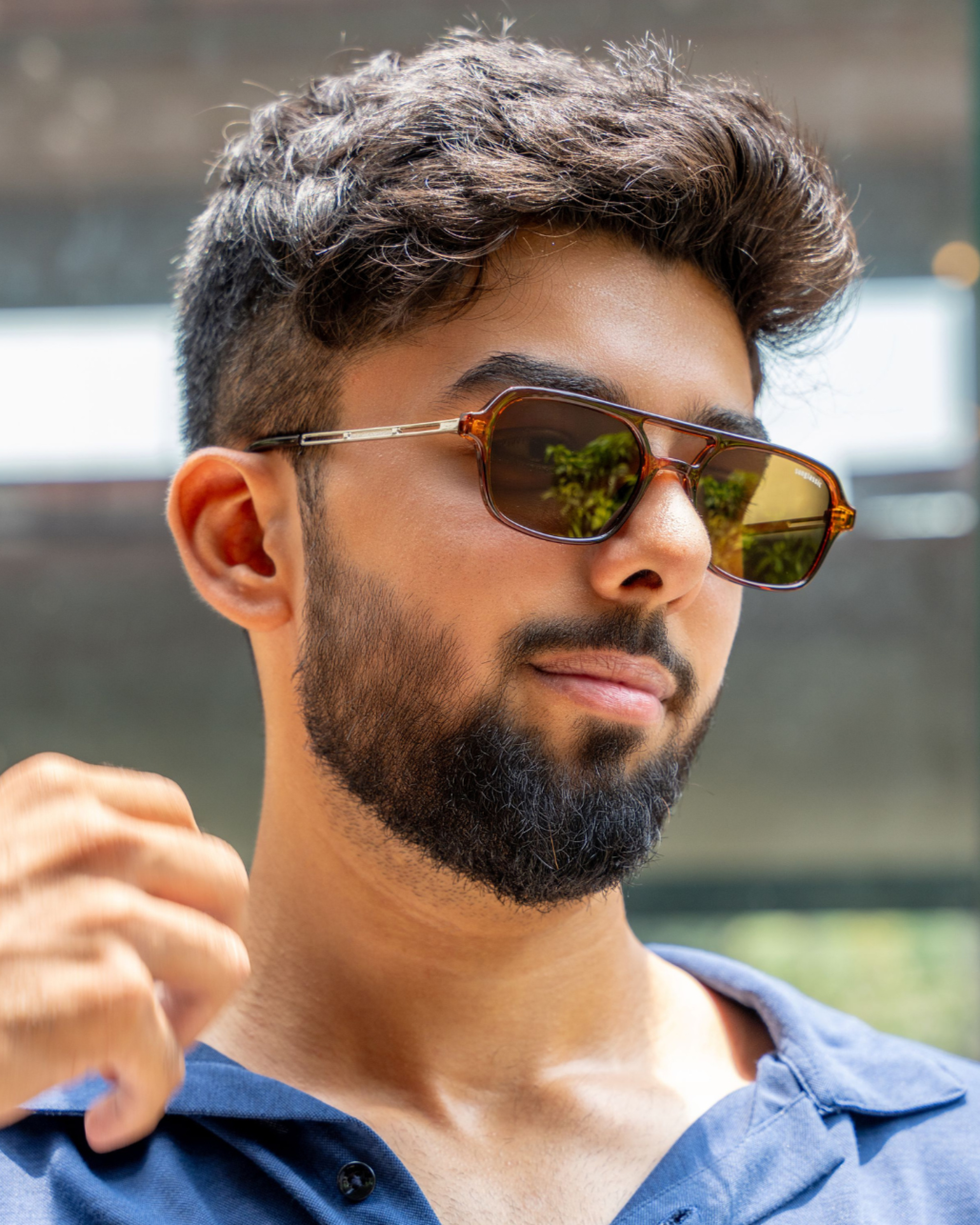
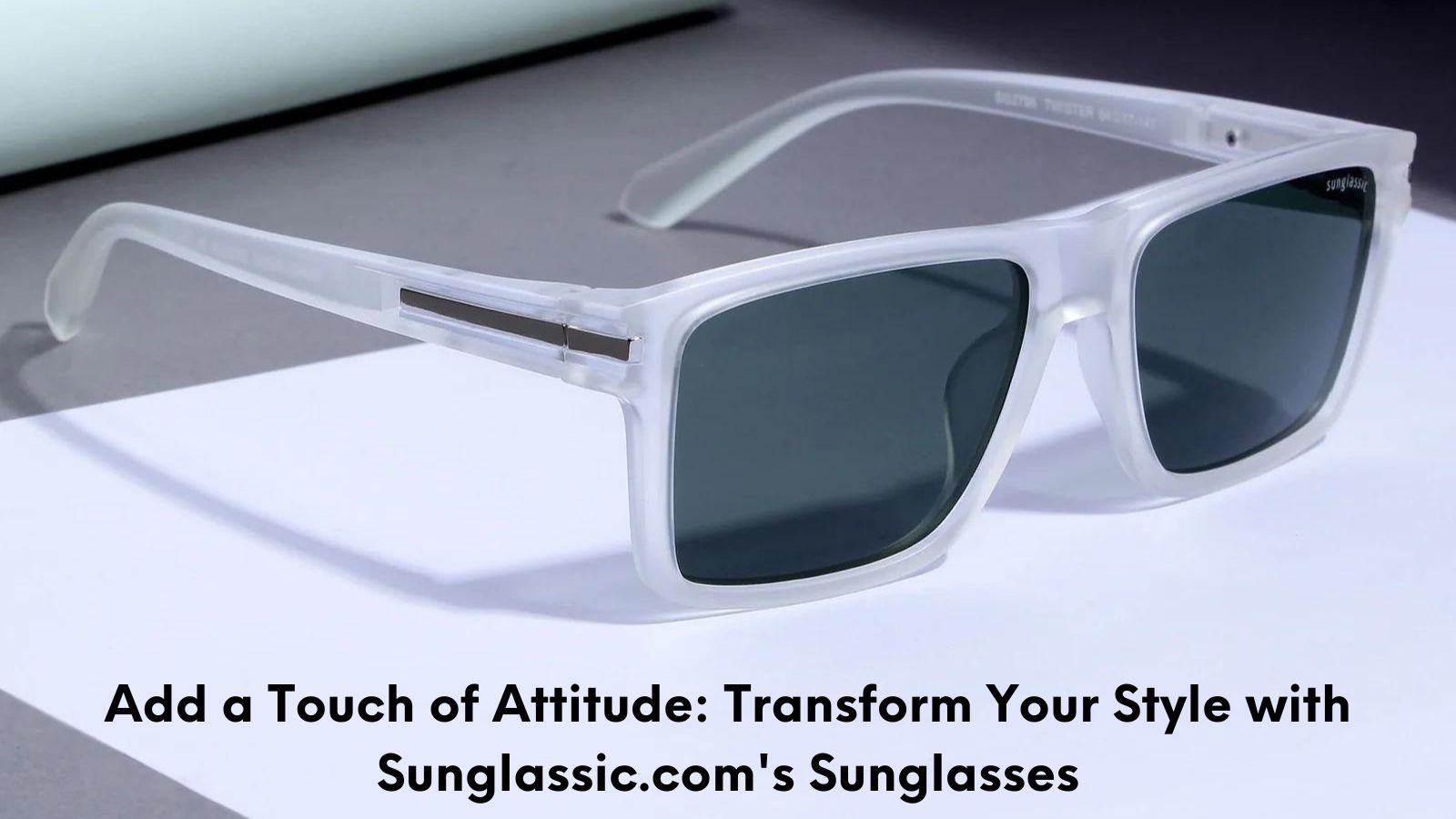
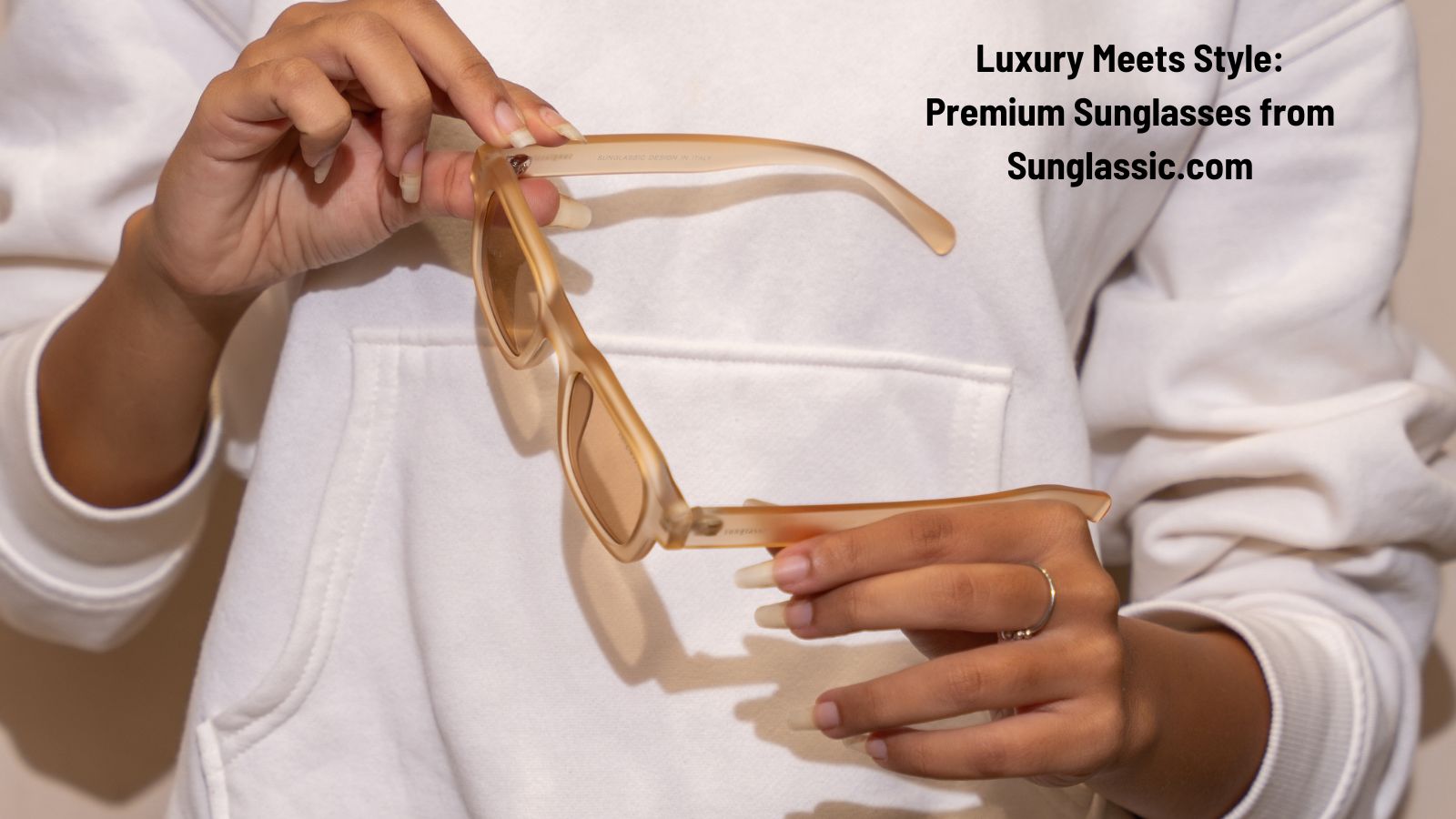
Leave a comment
This site is protected by hCaptcha and the hCaptcha Privacy Policy and Terms of Service apply.